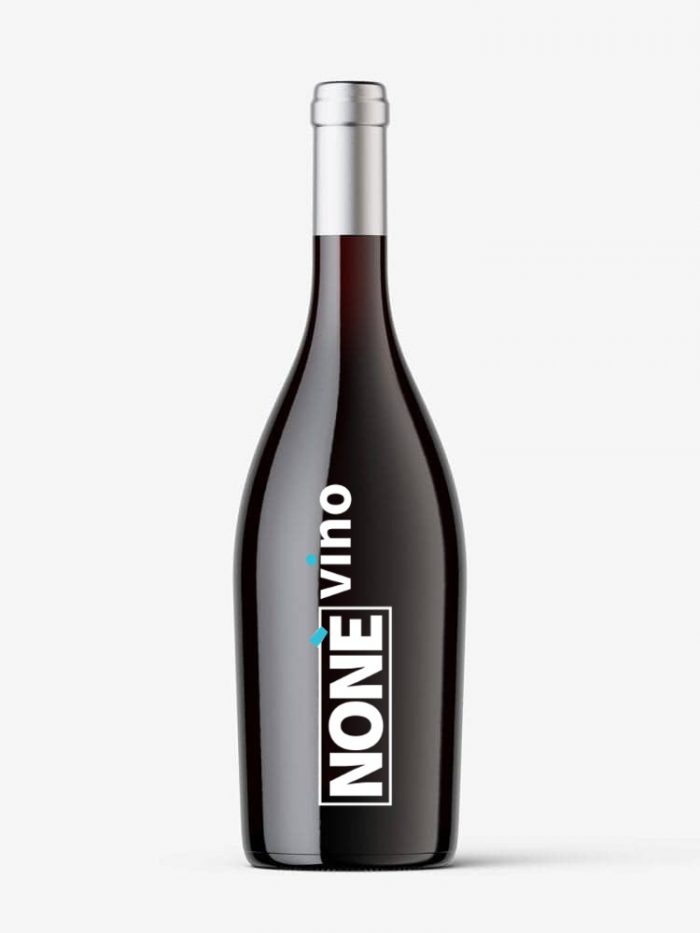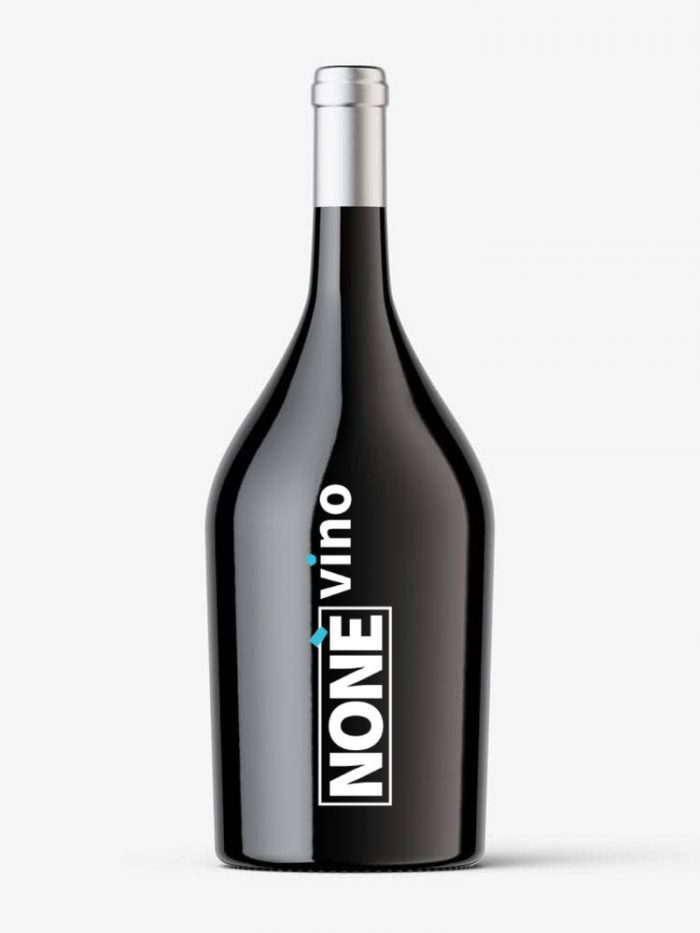Brachetto d’Acqui DOCG Appellation
Protected Designation of Origin (PDO)


It is said that at the time of the Roman Empire, first Julius Caesar and then Marcus Anthony, preceded their arrival in Egypt at the court of the beautiful Cleopatra by wineskins of “Vinum Acquense”, highly appreciated by the Queen to awaken the ardors of her legendary lovers . The “Vinum Acquense” was sweet by nature, lively and intoxicating, it came from the current Alto Monferrato. And above all, it was attributed aphrodisiac power.
A direct line that winds through history, territory and common characteristics, connects and carries the “Vinum Acquense! to the current Brachetto, his direct descendant. In the modern age, in 1817, the naturalist Gallesio defines it as “Vino Celebre”, classifying it as a dessert wine that was alcoholic and not very colorful, which with age took on the flavor of Port or Xeres wine and reports that Brachetto, sweet or sparkling, was known and successfully commercialized in the markets of South America: from this it can be deduced that the production in that period must have been anything but negligible.
The first official definition is from 1922 signed by Garino Canina, who was the real scientific classifier “… Among luxury wines, Brachetto belongs to the category of sweet and aromatic red wines: it is in fact a wine with a special aroma, moderately alcoholic and sugary, not very colorful which is mostly consumed sparkling or sparkling … “Among the various news that Canina gave, one of the most interesting concerns the fact that Brachetto was widespread in particular in the district of Acqui and Nizza Monferrato, indicating, however, a production for the market of only 500 hl.
The advent of the filossera had devastated the vineyards at the end of the First World War. the winemakers, at the time of replanting them, had favored other vines that more favored market trends, to the detriment of this variety which required special attention and care.Thus began his second sleep. From which he woke up in the fifties, from the hills of southern Piedmont where production continued in small niches of admirers, a producer respectful of tradition but far-sighted such as Arturo Bersano of Nizza Monferrato, developed a Brachetto Spumante elaborated in autoclave with the Martinotti method / Charmat. Since then, Brachetto has continued its path as a protagonist among the great aromatic wines,
Territory
The gentle and sinuous hills of the Alto Monferrato are the cradle of Brachetto d’Acqui, a suitable and varied area where the aromatic grape is best expressed since ancient times. Within the production area there are clayey soils in the Nizza Monferrato area while in the Acquese there is the presence of sand and silt. These characteristics clearly and significantly affect the olfactory nuances of the grapes produced and the resulting wines.
The Brachetto d’Acqui DOCG Wine Production Area is located in:
– province of Asti, the territory of the municipalities of Vesime, Cessole, Loazzolo, Bubbio, Monastero Bormida, Rocchetta Palafea, Montabone, Fontanile, Mombaruzzo, Maranzana, Quaranti, Castel Boglione, Castel Rocchero, Sessame, Castelletto Molina, Calamandrana, Cassinasco and Nizza Monferrato.
– province of Alessandria , the territory of the municipalities of Acqui Terme, Terzo, Bistagno, Alice Bel Colle, Strevi, Ricaldone, Cassine and Visone.
Vinification and Aging
During the vinification phases, only loyal and constant oenological practices of the area are allowed, suitable to give the wines their peculiar quality characteristics.
The oenological winemaking practices of the Brachetto d’Acqui DOCG wine include, among other things, that:
– The maximum yield of grapes into wine must not exceed 70% for Brachetto d’Acqui and for the Spumante type, and 45% for the Passito type. If these parameters are exceeded by up to 5%, the excess is not entitled to the DOCG. Beyond these limits, the right to DOCG for the whole product lapses.
– With regard to the Brachetto d’Acqui Spumante, the sparkling process can be carried out with the method of natural fermentation in an autoclave or in the bottle and the processing process for the second fermentation cannot last less than 1 months including the period of aging in bottle.
– The production practices of Brachetto d’Acqui Passito provide for the drying of the grapes on the plant and / or in environments suitable for favoring the optimal conditions for storage and drying.




